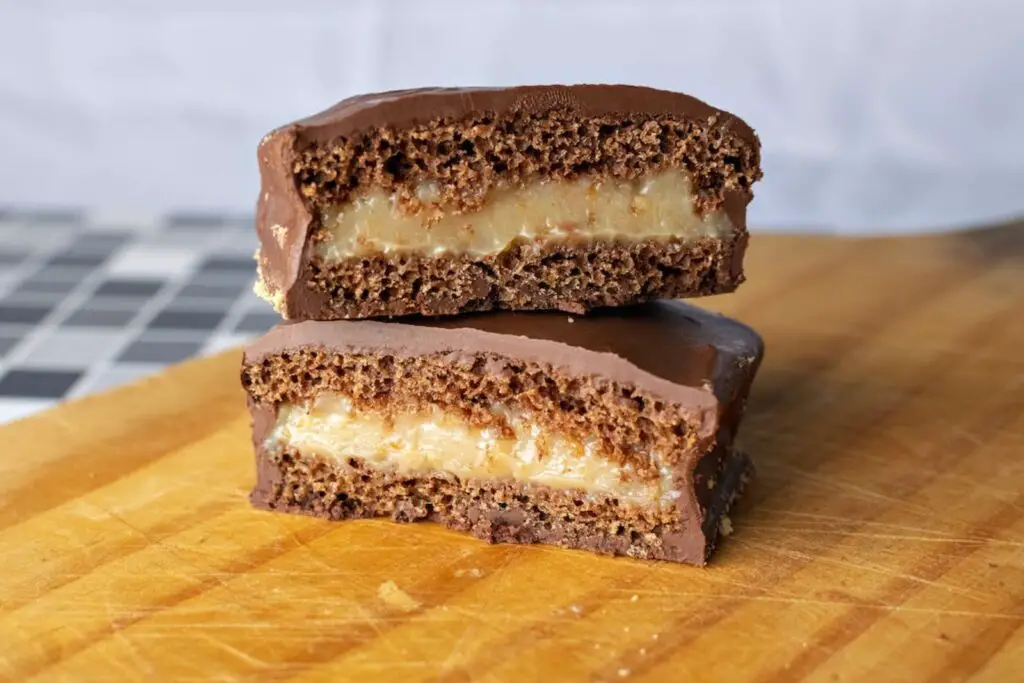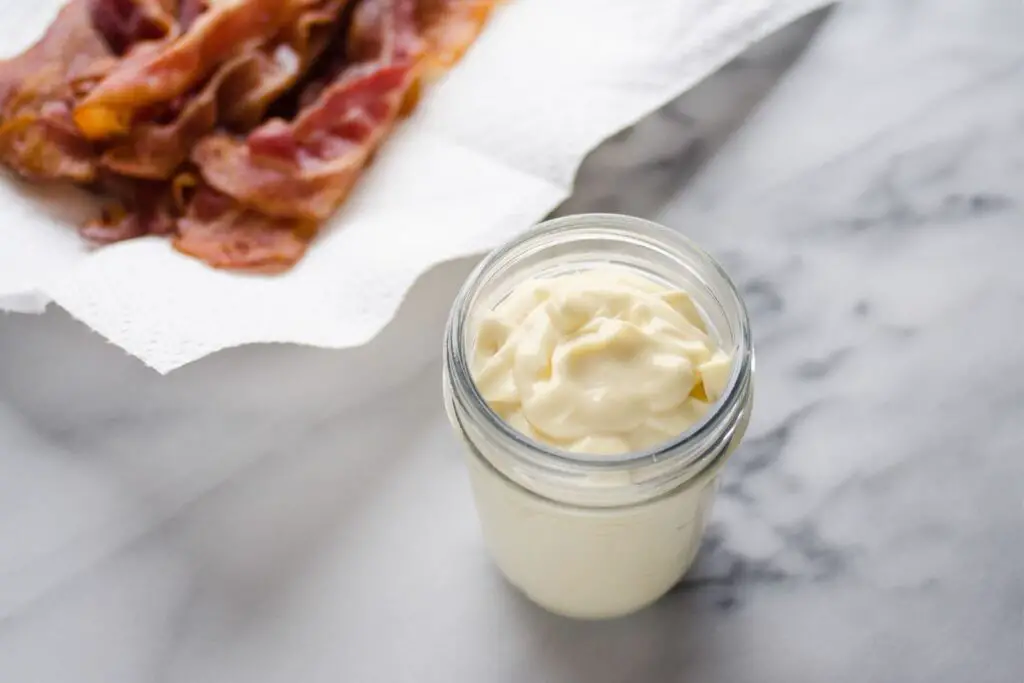
Coffee is a beloved beverage enjoyed by millions of people around the world. Whether you prefer a steaming cup of java in the morning or a refreshing iced coffee in the afternoon, the taste and aroma of freshly brewed coffee can be a real delight. But what if you have a surplus of coffee beans or ground coffee and want to extend their shelf life? Freezing coffee can be a great solution to preserve its freshness and flavor for a longer period. In this article, we will guide you through the process of freezing coffee to ensure that you can enjoy a flavorful cup of joe whenever you desire.
Here’s a step-by-step guide on how to freeze coffee:
Step 1: Choose high-quality coffee
When it comes to freezing coffee, the quality of the coffee beans or ground coffee you use plays a significant role in the final results. Opting for high-quality coffee is crucial to ensure that the flavor, aroma, and overall taste of the coffee are preserved during the freezing process.
Freshness is key when selecting coffee for freezing. Look for coffee that has been recently roasted, as this will guarantee that the beans or grounds have not had the chance to stale or lose their flavor. The fresher the coffee, the more vibrant and robust the taste will be after freezing.
High-quality coffee often possesses distinct flavors and aromas that make it enjoyable to drink. These flavors can range from fruity and floral notes to rich chocolate or nutty undertones. Choosing coffee with these complex flavor profiles ensures that the frozen coffee retains its original character and provides a delightful drinking experience once thawed.
Additionally, high-quality coffee is typically made from carefully selected beans or sourced from specific regions known for their exceptional coffee production. These beans are often grown under optimal conditions and harvested at the peak of ripeness, resulting in a higher quality product. When freezing coffee made from such beans, you’re more likely to preserve the nuances and subtleties of the coffee’s flavor.
It’s worth noting that lower-quality coffee, which may already lack flavor and complexity, won’t miraculously improve through freezing. In fact, freezing low-quality coffee may accentuate any negative aspects, resulting in a subpar coffee experience when thawed.
Can I freeze any type of coffee?
Yes, you can freeze any type of coffee, including whole beans, ground coffee, and even brewed coffee. However, it’s important to note that the freezing process may slightly alter the flavor and aroma of the coffee. It’s best to freeze coffee in its freshest state to preserve its quality, and if possible, opt for whole beans and grind them right before brewing for the best flavor results.
Can I freeze ground coffee?
Yes, you can freeze ground coffee. Freezing ground coffee can help maintain its freshness and extend its shelf life. To freeze ground coffee, transfer it to an airtight container or freezer-safe bag to prevent moisture and air exposure, which can impact the flavor. When you’re ready to use the frozen ground coffee, simply take out the desired amount and return the rest to the freezer promptly.
Step 2: Divide into portions
When freezing coffee, it’s beneficial to divide a large quantity into smaller portions before placing them in the freezer. This simple step offers several advantages, making it easier to thaw and use the coffee while maintaining its overall quality.
Firstly, dividing the coffee into smaller portions allows for more efficient thawing. When you freeze coffee as a single large batch, thawing the entire amount every time you want to use it can be inconvenient and time-consuming. By dividing it into smaller portions, you can thaw only the amount you need for a specific brewing session, saving time and effort.
Moreover, dividing the coffee helps minimize exposure to air and moisture. When you repeatedly thaw and refreeze coffee, it can lead to the degradation of its flavor and aroma. By portioning the coffee, you reduce the frequency of exposing the remaining portion to air and moisture, thereby preserving its quality for longer periods.
Smaller portions also enable better preservation of the coffee’s freshness. Each time you open the container to access the coffee, the remaining portion is exposed to oxygen and moisture, which can accelerate the staling process. Dividing the coffee into smaller portions ensures that the unused portion remains sealed and protected from these elements until it is needed.
Additionally, dividing the coffee into portions provides flexibility. It allows you to experiment with different brewing methods, ratios, or flavors without committing to using the entire batch. You can have different portions designated for various brewing techniques or customize the grind size for specific brewing equipment.
To divide the coffee, you can use resealable bags, airtight containers, or any suitable freezer-safe packaging. Ensure that each portion is properly sealed to maintain its freshness and prevent any unwanted odors from seeping in.
Can I freeze coffee in individual servings for convenience?
Yes, you can freeze coffee in individual servings for convenience. Freezing coffee in individual portions allows for easy and quick access to a ready-to-brew serving without the need to defrost the entire batch. It’s recommended to use airtight containers or freezer-safe bags to maintain freshness and prevent freezer odors from seeping into the coffee. This method is especially useful for those who prefer single-serve brewing or have busy schedules.
Step 3: Use airtight containers
When freezing coffee, it’s important to transfer the coffee into airtight containers that are specifically designed for freezing. Airtight containers help to maintain the quality and freshness of the coffee by preventing exposure to air, moisture, and odors from the freezer.
Airtight containers, such as mason jars, resealable bags, or vacuum-sealed bags, create a barrier that effectively seals the coffee inside. This barrier minimizes contact with oxygen, which can cause the coffee to oxidize and degrade over time. By limiting the exposure to air, the flavor and aroma of the coffee are better preserved, resulting in a more enjoyable cup of coffee when it’s eventually brewed.
Mason jars are a popular choice for freezing coffee due to their sturdy construction and reliable seal. They are made from glass, which is non-permeable and resistant to odors and flavors. Mason jars also provide a visual advantage as you can easily see the contents and monitor the coffee’s condition without opening the jar.
Resealable bags, on the other hand, offer flexibility and space-saving benefits. They are available in various sizes and are easy to stack and organize in the freezer. Make sure to choose bags specifically designed for freezing, as they are constructed with materials that are resistant to freezer burn and moisture infiltration.
Vacuum-sealed bags provide an extra layer of protection for the coffee. They remove the air from the bag before sealing, creating a vacuum and further reducing the exposure to oxygen. This method helps to preserve the coffee’s freshness and flavor even more effectively.
Before transferring the coffee into the airtight containers, ensure that the containers are clean and dry. Any moisture or residue left in the containers can negatively impact the coffee’s quality and promote freezer burn. Clean the containers with warm, soapy water, rinse them thoroughly, and allow them to dry completely before adding the coffee.
Can I freeze coffee in its original packaging?
While it is technically possible to freeze coffee in its original packaging, it is not the ideal method. Most coffee packaging is not designed for long-term freezer storage, and it may not provide sufficient protection against moisture and air exposure. Transferring the coffee to airtight containers or freezer-safe bags before freezing is recommended to better preserve its freshness and flavor.
Step 4: Remove excess air
To ensure the best possible preservation of your coffee’s flavor and prevent freezer burn, it is essential to remove as much air as possible from the containers before freezing. Excess air can lead to the oxidation and degradation of the coffee, negatively impacting its taste and aroma. The method you choose for removing air will depend on the type of container you are using.
When using resealable bags, such as freezer bags, it’s relatively simple to remove excess air. After transferring the coffee into the bag, carefully press it to squeeze out as much air as possible. Start from the bottom of the bag and gradually work your way up, being cautious not to spill the coffee. Once the air is mostly removed, seal the bag tightly to create a nearly airtight seal.
For jars or vacuum-sealed bags, a vacuum sealer is an effective tool to eliminate air. Vacuum sealers remove air from the container by creating a vacuum, pulling out all the excess air before sealing the container shut. This method provides a superior level of air removal, minimizing the potential for oxidation and freezer burn.
By removing excess air, you significantly reduce the presence of oxygen around the coffee, which is crucial for preserving its flavor and quality. Oxygen exposure can accelerate the degradation of coffee, leading to a loss of flavor and aroma over time. Removing the air helps create a protective environment within the container, keeping the coffee as fresh as possible during freezing.
It’s worth noting that if you’re using a mason jar, another technique called the “water displacement method” can be employed to remove air. Fill the jar with coffee, leaving some headspace at the top, and place a plastic bag filled with water on the surface of the coffee. As you seal the jar, the water will displace the air, effectively minimizing its presence.
Step 5: Label and date
Labeling and dating the containers of frozen coffee is a crucial step in the freezing process. It helps you keep track of the coffee’s age and ensures that you use the oldest coffee first, maintaining freshness and preventing any wastage.
By labeling the containers with the type of coffee, you can easily identify the specific variety or blend that is stored in each container. This is particularly useful if you have multiple types of coffee or if you experiment with different flavors or roasts. Clear identification allows you to quickly locate the desired coffee without the need to open every container, saving time and preventing potential thawing and refreezing cycles.
Dating the containers is equally important. By noting the date of freezing, you establish a reference point for the coffee’s storage duration. Coffee, like any perishable food item, has a limited shelf life, even when frozen. Over time, the quality can gradually decline, affecting the taste and aroma. By keeping track of the freezing date, you can ensure that you use the oldest coffee first and maintain a rotation system that minimizes the storage time and maximizes the freshness of the coffee.
Additionally, labeling and dating are essential for inventory management. If you have a large quantity of frozen coffee or multiple batches frozen at different times, it becomes crucial to have a clear record of what is stored. This allows you to plan and manage your coffee supply effectively, ensuring that you don’t run out of coffee and can anticipate when it’s time to replenish your frozen stock.
To label the containers, use adhesive labels, masking tape, or permanent markers. Write the type of coffee and the date of freezing clearly and prominently on each container. Place the label in a visible location to easily identify the coffee without having to handle or open the container unnecessarily.
Step 6: Store in the freezer
After properly labeling and dating your coffee containers, it’s time to store them in the freezer. This step ensures that the coffee remains well-preserved and maintains its freshness until you’re ready to use it. However, there are a few considerations to keep in mind when storing coffee in the freezer.
Firstly, it’s important to place the coffee containers away from other foods with strong odors. Coffee has a porous nature and can easily absorb surrounding aromas. Storing coffee near strongly scented foods like garlic, onions, or seafood can result in flavor contamination, affecting the taste of the coffee. To maintain the integrity of the coffee’s flavor, store it separately or use a designated area in the freezer.
Secondly, the temperature of your freezer is crucial for preserving the coffee’s freshness. Ideally, the freezer temperature should be set to 0°F (-18°C) or below. This low temperature helps to inhibit the degradation of the coffee’s flavor and aroma. By freezing the coffee at such a cold temperature, you slow down the chemical reactions that lead to flavor deterioration, allowing the coffee to retain its quality for an extended period.
Maintaining a consistent freezing temperature is important as well. Fluctuating temperatures can cause ice crystals to form and lead to freezer burn, which can adversely affect the taste and texture of the coffee. Therefore, it’s recommended to avoid frequently opening the freezer door and to ensure a stable freezing environment.
Proper storage is key to ensuring that your frozen coffee maintains its freshness for as long as possible. Take care to organize the containers in a way that minimizes exposure to temperature fluctuations, such as placing them towards the back of the freezer. This will help maintain a more stable and consistent freezing environment.
How long can I freeze coffee in the freezer?
Coffee can be stored in the freezer for up to one month without significant loss in quality. It’s best to use airtight containers or freezer-safe bags to prevent exposure to air and moisture. Longer freezing periods may result in a decline in flavor and aroma as coffee can gradually deteriorate over time, even when frozen. For optimal taste, it is recommended to consume the frozen coffee within the first month of freezing.
Step 7: Thaw and use frozen coffee
When the time comes to enjoy your frozen coffee, it’s important to thaw it properly to preserve its flavor and quality. Follow these steps to thaw and use frozen coffee effectively:
- Remove the desired portion: Retrieve the container or bag of frozen coffee from the freezer. Take out the portion you need for your brewing session, whether it’s a single serving or a larger quantity.
- Thaw in the refrigerator: Place the coffee in the refrigerator for thawing. This slow and controlled thawing process helps maintain the coffee’s flavor and minimizes the risk of temperature fluctuations that can negatively impact the taste. Depending on the quantity and thickness of the coffee, thawing times can vary, but generally, it takes several hours or overnight to thaw completely.
- Use within a week: Once the coffee is thawed, it’s best to use it within a week for optimal flavor. As coffee is a perishable food item, even when frozen, its quality will gradually decline over time. Using the coffee within a week of thawing ensures that you enjoy the freshest flavors and aromas.
Thawing and using frozen coffee requires a little planning, but it’s worth the effort to enjoy a cup of coffee that retains its original characteristics. So, retrieve your desired portion, thaw it in the refrigerator, and savor the rich flavors and aromas that were captured and preserved through the freezing process.
Is it necessary to let frozen coffee come to room temperature before brewing?
No, it is not necessary to let frozen coffee come to room temperature before brewing. In fact, it is generally recommended to use frozen coffee directly from the freezer for brewing. Allowing the frozen coffee to thaw completely can result in moisture condensation and potential flavor degradation. Brewing frozen coffee can help preserve its freshness and flavors more effectively.
Other related questions
Can I refreeze previously thawed coffee?
It is generally not recommended to refreeze previously thawed coffee. When coffee is frozen and then thawed, moisture from the thawing process can affect its flavor and aroma. Additionally, repeated freezing and thawing can cause the coffee to deteriorate further, resulting in a lower quality beverage. To maintain the best flavor and freshness, it’s advisable to thaw only the amount of coffee needed for immediate use and avoid refreezing any leftovers.
How do I know if my frozen coffee has gone bad?
There are a few signs to look for to determine if frozen coffee has gone bad. Firstly, check for any unusual or off-putting odors. If the coffee smells rancid or has a strong, unpleasant scent, it is likely spoiled. Additionally, if the coffee has developed a significant change in color, such as turning darker or showing signs of mold growth, it should be discarded. Lastly, if the taste of the brewed coffee is noticeably bitter, sour, or lacks the usual flavors, it may indicate that the frozen coffee has gone bad and should not be consumed.
Can I use frozen coffee with the fresh ones?
Yes, you can use frozen coffee with fresh ones. However, it’s important to keep in mind that frozen coffee may have a slightly different flavor profile due to the freezing and thawing process. To achieve a more consistent taste, consider blending the frozen and fresh coffee together before brewing. This can help distribute any variations in flavor and create a more balanced cup. Experiment with different ratios of frozen and fresh coffee until you find the combination that suits your taste preferences.
Will freezing coffee affect its flavor?
Freezing coffee can have some impact on its flavor, albeit minimal. The freezing process can cause subtle changes in the coffee’s taste due to potential moisture loss or absorption. However, when stored properly in airtight containers, frozen coffee can retain much of its flavor and aroma, making it a viable option for preserving coffee quality over a reasonable period.
Can I freeze brewed coffee?
Yes, you can freeze brewed coffee. Freezing brewed coffee can be a convenient option if you have leftover coffee that you don’t want to waste. However, it’s important to transfer the brewed coffee to airtight containers or ice cube trays to prevent freezer burn and maintain its flavor. When you’re ready to enjoy the frozen brewed coffee, simply thaw it and reheat or use it in recipes as desired.








